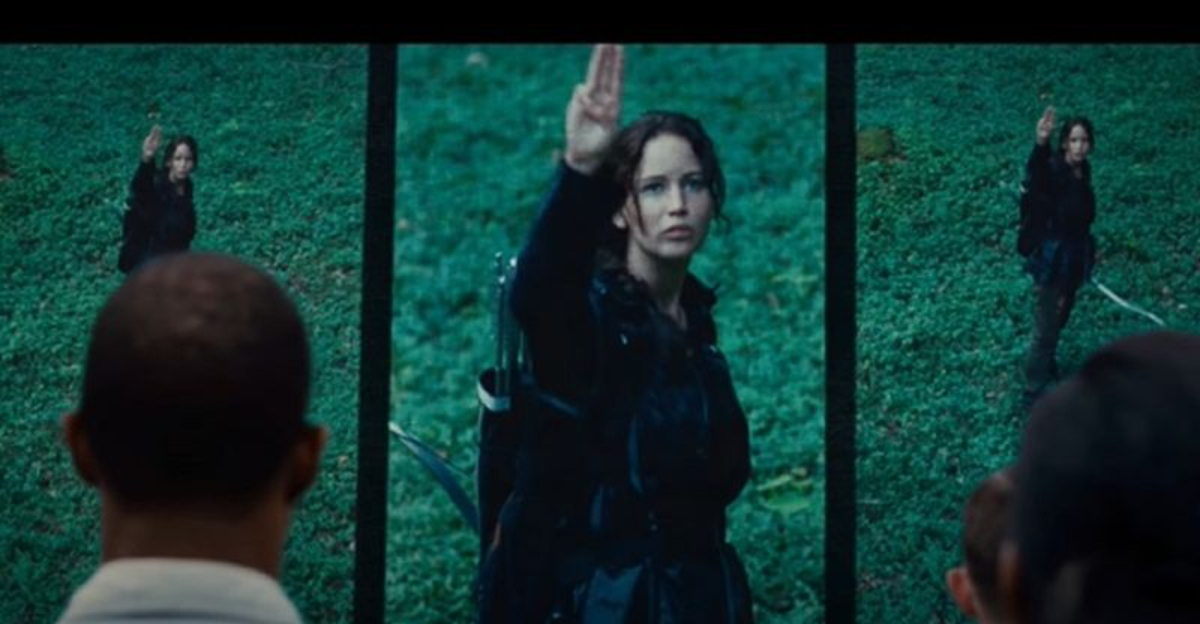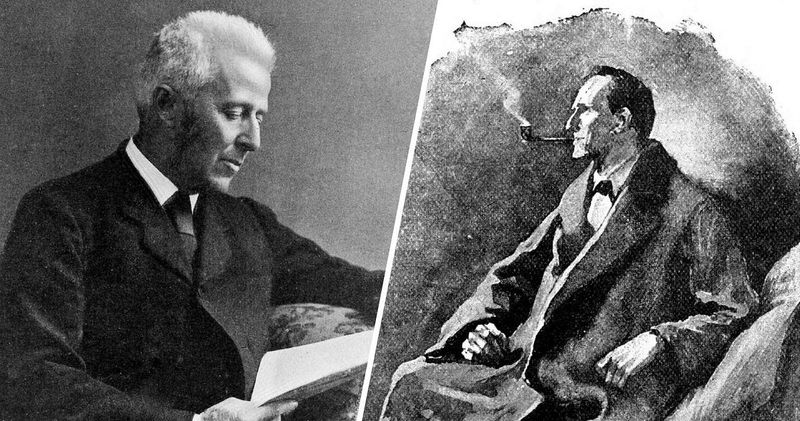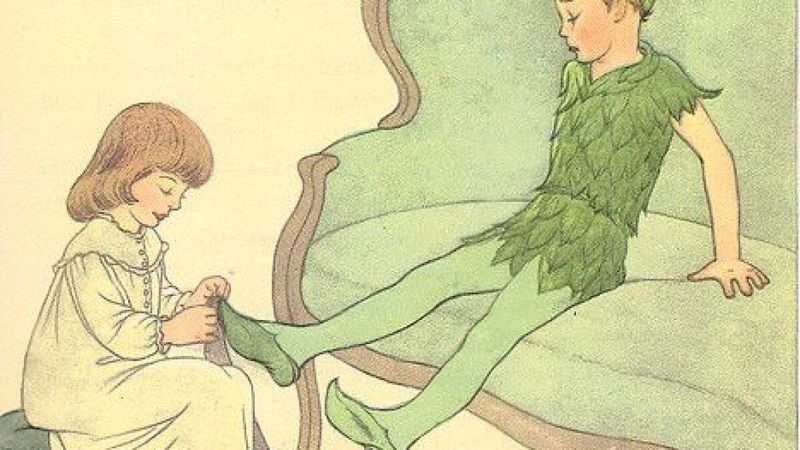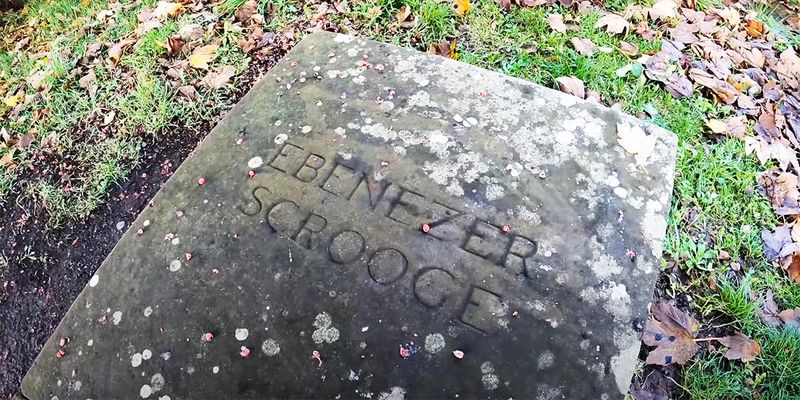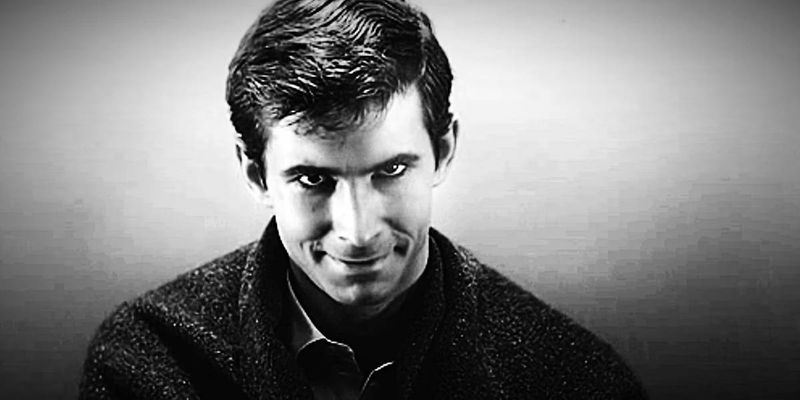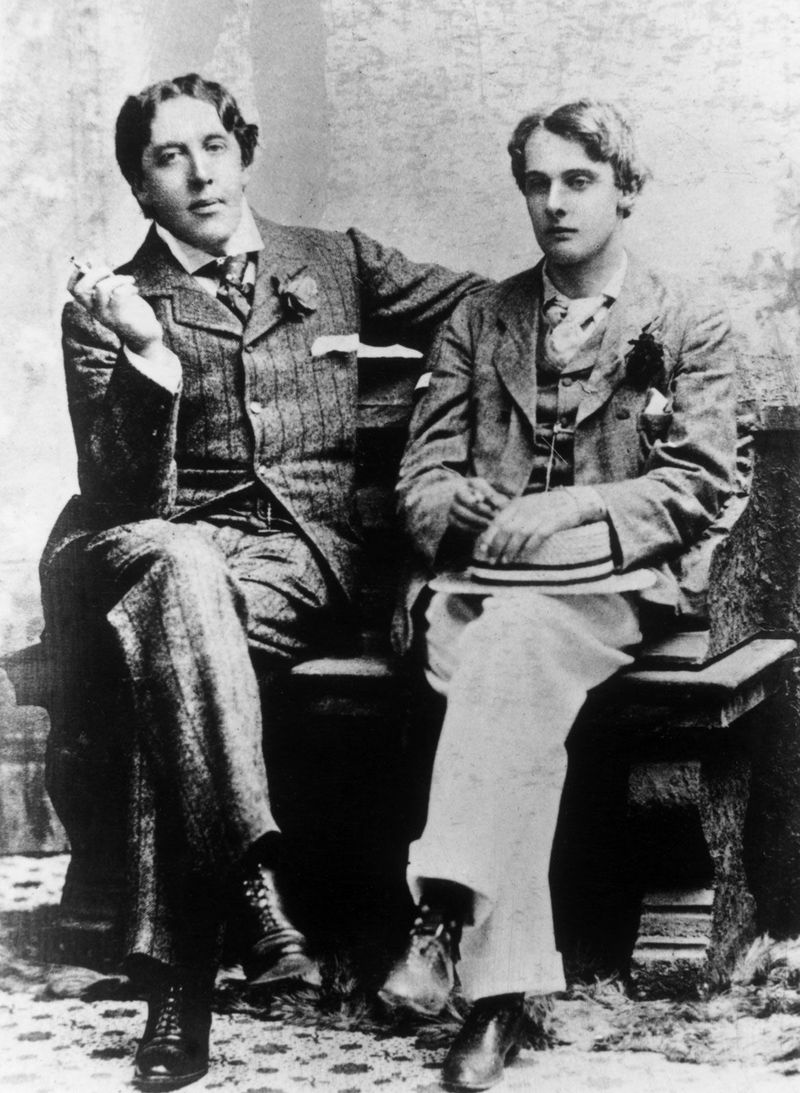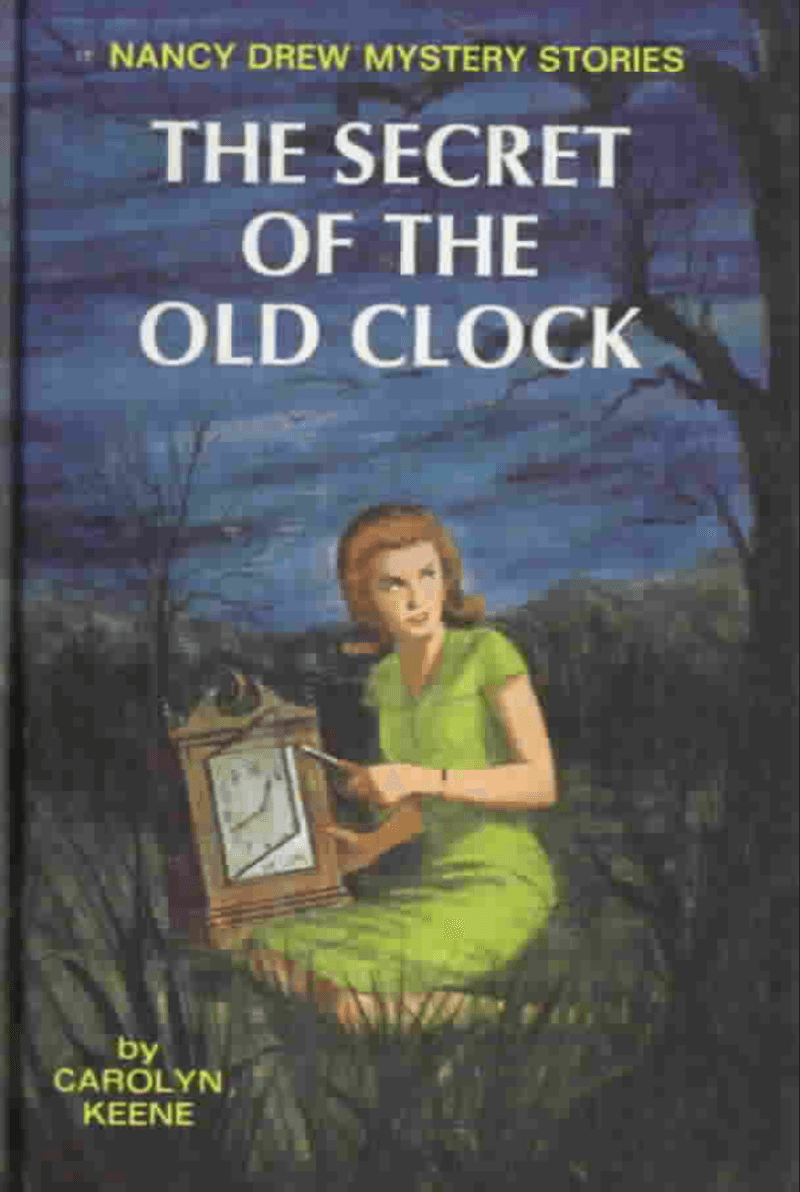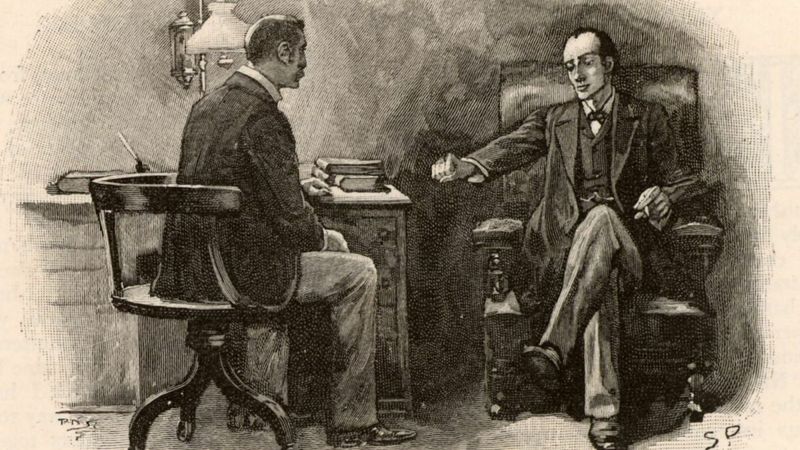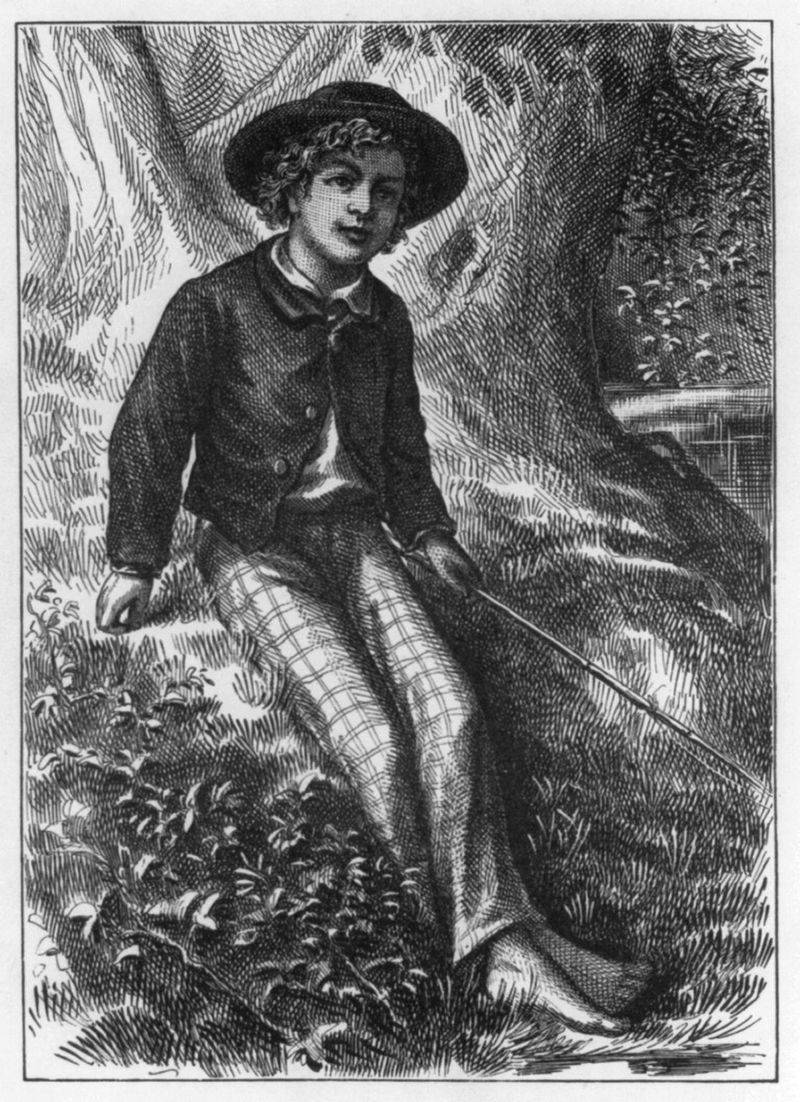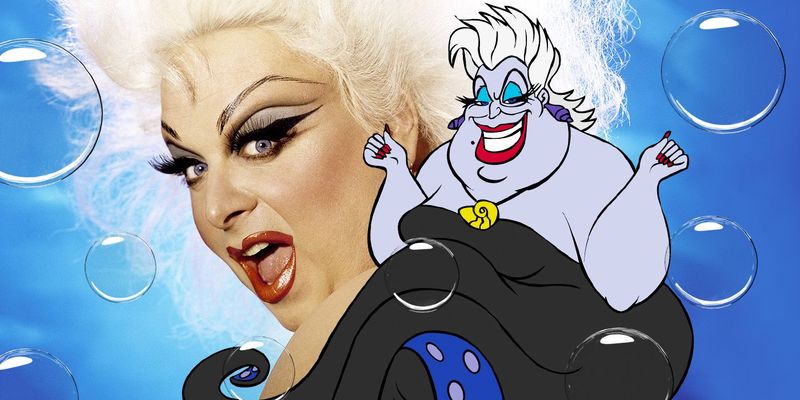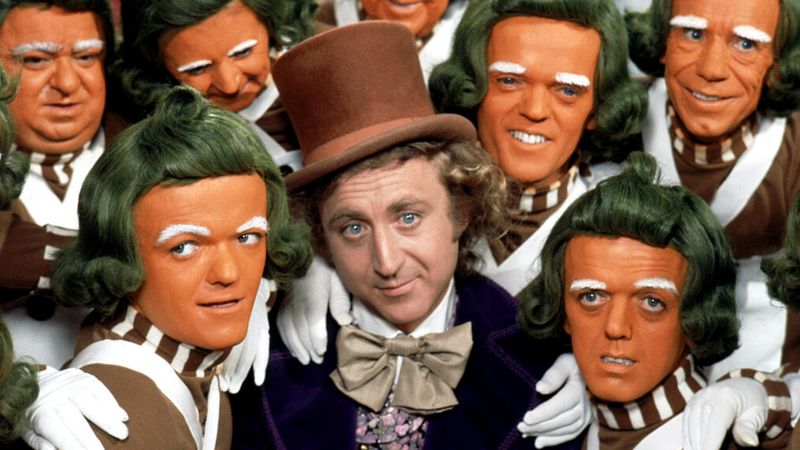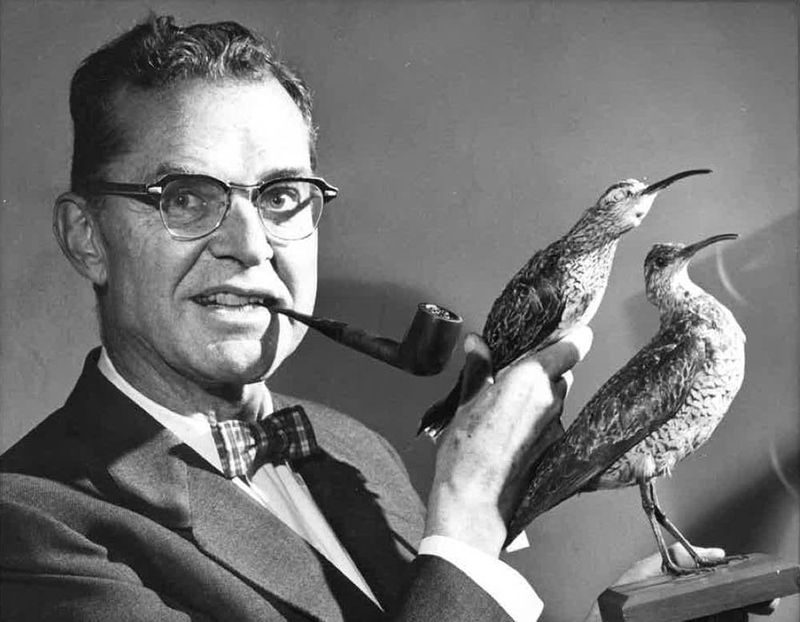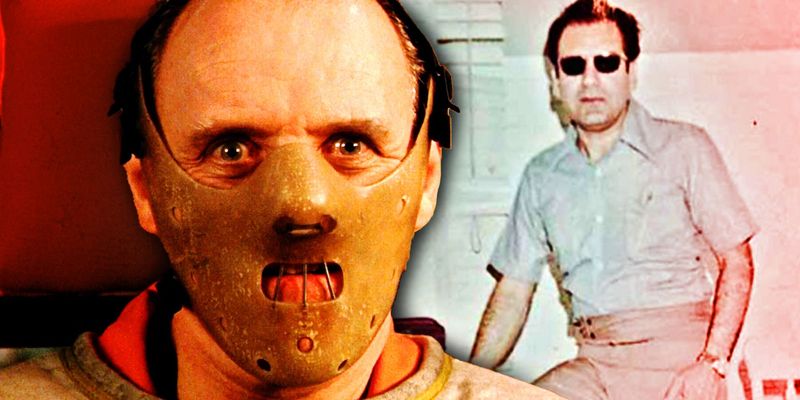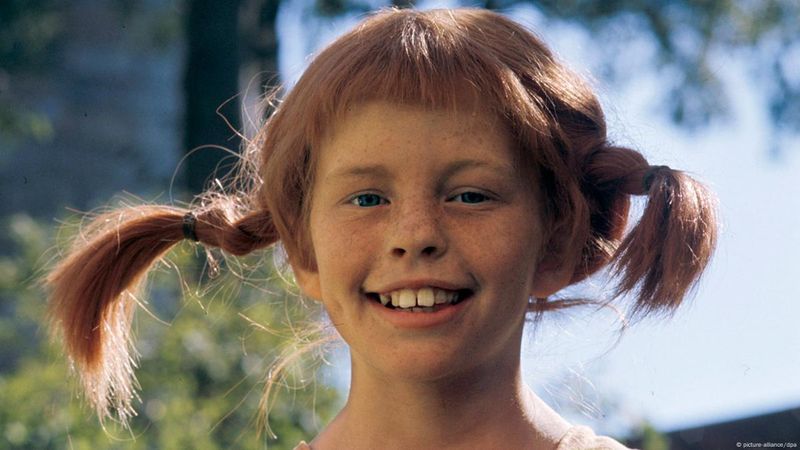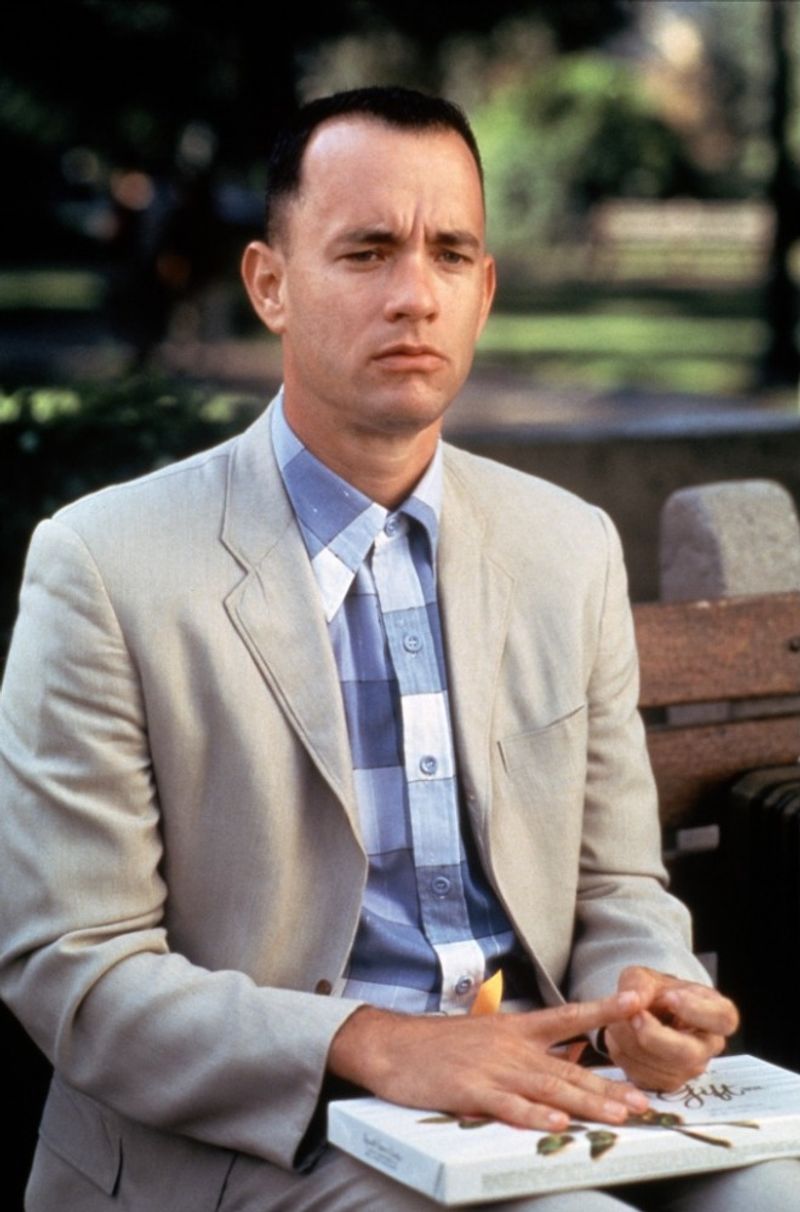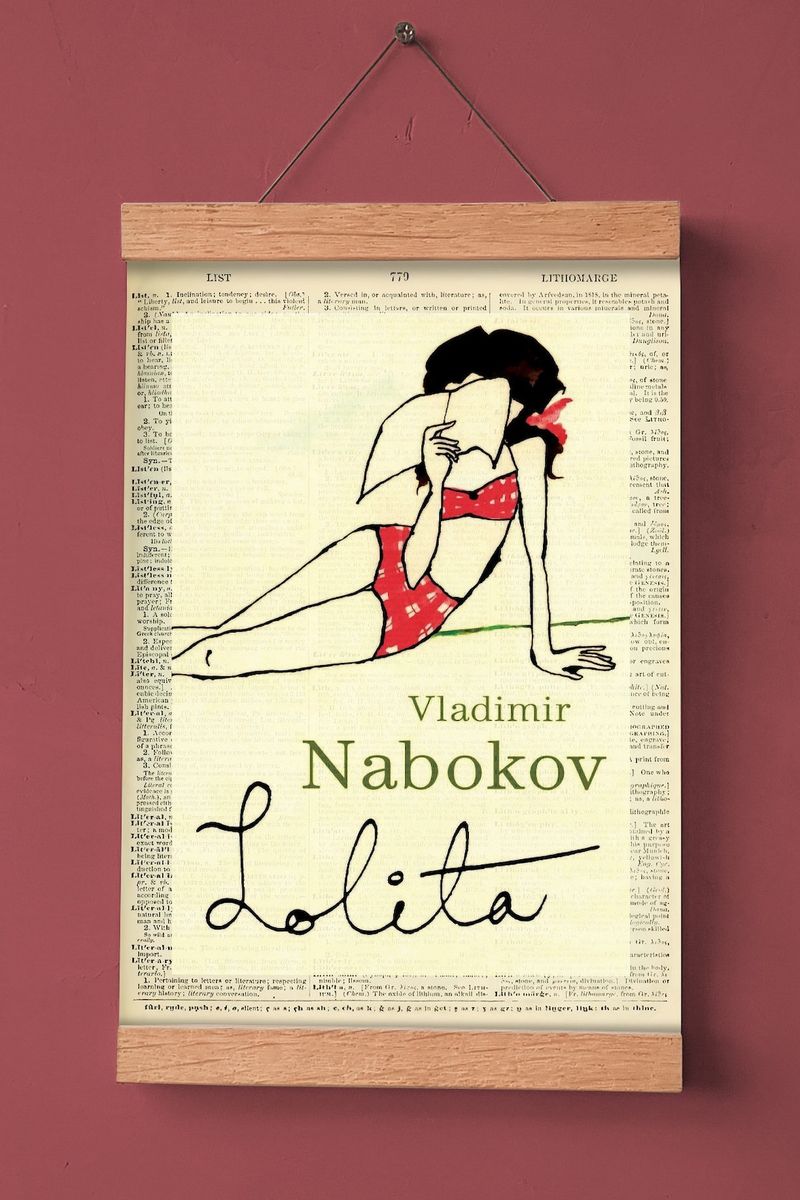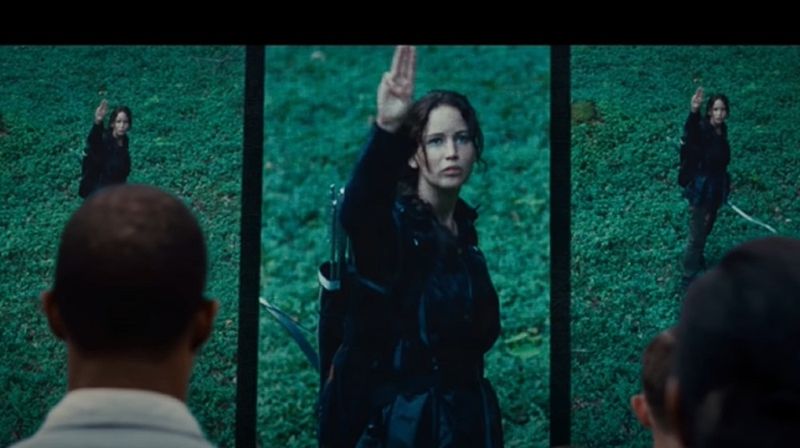Ever wondered where your favorite fictional characters came from? Many beloved characters we’ve grown up with weren’t just created out of thin air.
Behind these fictional faces are real people, places, and things that sparked their creation.
From classic literature to blockbuster films, these characters have fascinating real-world connections that might surprise you.
1. Indiana Jones: Man’s Best Friend Inspired An Action Hero
The whip-cracking archaeologist with a fear of snakes owes his first name to George Lucas’s loyal Alaskan Malamute. Yes, that’s right – Indiana was the filmmaker’s beloved dog! The character also drew inspiration from real-life explorer Hiram Bingham III, who rediscovered the lost city of Machu Picchu. Harrison Ford’s iconic fedora-wearing professor combines the rugged determination of actual adventurers with Lucas’s affection for his four-legged companion.
2. Sherlock Holmes: The Detective Born From A Doctor
Literature’s greatest detective wasn’t conjured from pure imagination. Sir Arthur Conan Doyle modeled his deduction master after Dr. Joseph Bell, his medical school professor at Edinburgh University. Bell’s uncanny ability to diagnose patients through careful observation mesmerized Doyle. The name itself combines a cricket player Doyle admired named Sherlock with the doctor’s analytical mind. Holmes’s precise methods mirror Bell’s approach to medicine – observing tiny details others missed.
3. Wendy Darling: Named By A Child Who Couldn’t Say ‘Friendly’
The motherly figure from Peter Pan received her name from an adorable mispronunciation. Author J.M. Barrie was close friends with the Llewelyn Davies family, whose children inspired the entire Peter Pan story. Margaret Henley, daughter of Barrie’s friend, couldn’t properly pronounce the word ‘friendly’ and instead called him ‘my fwendy.’ Tragically, Margaret died at age six, but Barrie immortalized her sweet speech impediment by naming his character Wendy – a name that wasn’t common before the book’s publication.
4. Severus Snape: Borrowed From A London Street Sign
The complex potions master from Harry Potter got his memorable name from ordinary geography. J.K. Rowling often wandered London streets seeking inspiration. She spotted ‘Severus Road’ during one of these walks and tucked it away for later use. The surname ‘Snape’ came from a quaint English village in Suffolk. These everyday locations combined to create one of literature’s most layered characters – the stern professor with hidden depths whose true loyalties remained mysterious until the series’ conclusion.
5. Ebenezer Scrooge: Born From A Gravestone Misreading
The world’s most famous literary miser exists because Charles Dickens couldn’t read a tombstone properly. While walking through an Edinburgh cemetery, Dickens spotted a gravestone for Ebenezer Scroggie. The stone described him as a ‘meal man’ (grain merchant), but Dickens misread it as ‘mean man.’ This mistake sparked Dickens’s imagination. He transformed the presumably generous merchant into the cold-hearted Scrooge who needed ghostly intervention to rediscover his humanity in ‘A Christmas Carol.’
6. Norman Bates: Two Writers Inspired Hitchcock’s Killer
The motel owner with mommy issues from ‘Psycho’ got his distinctive name from author Robert Bloch’s literary connections. Bloch named the character partly after Norman Mailer, a controversial American writer known for his intense personality. The surname ‘Bates’ came from a friend of Bloch’s. This seemingly ordinary name helped make the character more terrifying – a reminder that monsters often hide behind unremarkable facades. Anthony Perkins’ portrayal transformed this literary creation into one of cinema’s most unsettling villains.
7. Dorian Gray: Oscar Wilde’s Friend Became Literary Legend
The eternally youthful protagonist of Oscar Wilde’s only novel shared more than a similar name with the author’s acquaintance. John Gray was a handsome young poet who captivated London’s literary circles with his beauty and charm. Wilde was clearly taken with Gray, though their exact relationship remains debated by historians. The fictional Dorian’s supernatural portrait that ages while he remains young emerged from Wilde’s fascination with beauty, art, and morality – themes he frequently discussed with his real-life muse.
8. Atticus Finch: A Roman Statesman Inspired Literature’s Moral Compass
Harper Lee named her principled lawyer after a real historical figure who valued wisdom above all. Titus Pomponius Atticus was a Roman philosopher and statesman known for remaining neutral during political conflicts while maintaining strong ethical principles. The character’s surname, Finch, represents innocence in the novel – connecting to the mockingbird motif. Gregory Peck’s portrayal in the film adaptation cemented Atticus as the embodiment of moral courage. Lee created a character whose ancient namesake would have appreciated his reasoned defense of justice.
9. Nancy Drew: A Publishing Mogul’s Family Creation
The teenage sleuth who inspired generations of girls was named through a family collaboration. Edward Stratemeyer, founder of the Stratemeyer Syndicate that produced numerous children’s series, chose ‘Nancy’ because it was popular in the 1930s. The surname ‘Drew’ came from a family member. Though Stratemeyer created the concept, his daughter Harriet actually wrote many of the early stories under the pseudonym Carolyn Keene. This family enterprise created a character who would become a feminist icon before feminism was even a widespread movement.
10. Dr. John Watson: From Real Medical Professional To Literary Legend
Sherlock Holmes’s loyal companion was inspired by a fellow doctor Arthur Conan Doyle admired. Dr. Patrick Heron Watson worked alongside Doyle at Edinburgh Royal Infirmary and impressed the young author with his medical acumen. Watson’s character serves as the perfect foil to Holmes – practical, steadfast, and relatable. Unlike his brilliant friend, literary Watson represents the ordinary reader trying to follow Holmes’s extraordinary deductions. The character embodies the best qualities Doyle observed in his medical colleagues – intelligence paired with compassion.
11. Tom Sawyer: Mark Twain’s Childhood Friend Became Literary Icon
America’s beloved mischief-maker sprang from Samuel Clemens’s real-life experiences. Mark Twain (Clemens’s pen name) admitted the character combined three boys he knew growing up in Hannibal, Missouri – primarily a friend named Tom Blankenship. Twain wrote that Tom was “the model” for Huckleberry Finn, but scholars believe he influenced both characters. The author infused his own childhood adventures along the Mississippi River into Tom’s escapades. This blend of real people and personal memories created one of literature’s most authentic portrayals of boyhood.
12. Ursula: The Sea Witch Modeled After A Drag Queen
Disney’s purple-skinned octopus villain has surprisingly fabulous origins. Animators based Ursula’s dramatic persona and distinctive look on Divine, a famous drag performer known for outrageous costumes and theatrical makeup. Divine’s signature arched eyebrows and flamboyant personality translated perfectly to the underwater antagonist. Even Ursula’s body language – her expressive hand gestures and theatrical flair – mirrors Divine’s performance style. This inspiration created one of Disney’s most memorable villains, whose larger-than-life presence steals every scene in ‘The Little Mermaid.’
13. Willy Wonka: Candy Executive Meets Whimsical Wordplay
The eccentric chocolate factory owner came partly from Roald Dahl’s encounters with real candy makers. During his childhood, Dahl attended a school near the Cadbury factory in England, where students occasionally tested new chocolate varieties. This early exposure to the secretive world of confectionery development planted seeds for Wonka’s mysterious factory. The character’s name demonstrates Dahl’s love of playful language – ‘Willy’ sounds childlike while ‘Wonka’ has a musical, slightly odd quality perfect for the unpredictable chocolatier. Gene Wilder later brought this literary creation vividly to life.
14. James Bond: Birdwatcher Lent Name To World’s Greatest Spy
Agent 007’s memorable name came from an unexpected source – ornithology. Ian Fleming, while working on his first spy novel at his Jamaican estate, needed a name for his hero that sounded ordinary yet strong. He spotted a book on his shelf – ‘Birds of the West Indies’ by American ornithologist James Bond. Fleming later wrote to Bond’s wife: “It struck me that this brief, unromantic, Anglo-Saxon and yet very masculine name was just what I needed.” The real Bond reportedly took his fictional namesake with good humor.
15. Hannibal Lecter: A Prison Doctor’s Chilling Influence
The sophisticated cannibal who haunts our nightmares emerged from author Thomas Harris’s real-life encounter. While researching for a novel, Harris met a doctor at a Mexican prison who disturbed him deeply. Dr. Alfredo Ballí Treviño was serving a sentence for murdering and dismembering his lover. Harris noticed the doctor’s unsettling intelligence and penetrating gaze. Though Harris modified many details, Treviño’s cultured demeanor combined with his capacity for violence formed the foundation for fiction’s most refined monster.
16. Anastasia Steele: Romance Heroines Blend With Author’s Acquaintance
The protagonist of the controversial ‘Fifty Shades’ series combines literary tradition with personal connections. E.L. James created Anastasia as a modern take on classic romantic heroines – innocent yet curious women who encounter powerful, enigmatic men. The name ‘Anastasia’ reportedly came from someone James knew personally, though she’s never confirmed exactly who. The character began as Bella Swan in James’s Twilight fan fiction before evolving into her own entity. This transformation blended fictional influences with real-world name inspiration to create the character at the center of a publishing phenomenon.
17. Pippi Longstocking: A Child’s Imagination Named Literature’s Strongest Girl
The super-strong redhead with gravity-defying braids got her name from a child’s spontaneous creativity. Swedish author Astrid Lindgren’s daughter Karin invented the character while sick in bed with pneumonia. When Karin asked for a story, Lindgren asked what it should be about. “Tell me about Pippi Longstocking,” Karin replied, creating the name on the spot. Lindgren developed this into a character who defied social conventions and lived without adult supervision. Pippi represented the freedom children dream of – independence with superhuman strength to back it up.
18. Veronica Mars: Friend’s Strength Inspired Teen Detective
The sarcastic teen detective from Neptune, California was named after creator Rob Thomas’s real-life friend. Thomas admired the original Veronica’s sharp wit and resilience – qualities that defined his fictional character. The surname ‘Mars’ added a celestial quality to match the character’s otherworldly intelligence. Kristen Bell brought the character to life, embodying the blend of vulnerability and toughness Thomas observed in his friend. The real Veronica’s personality traits – her refusal to back down from challenges – became the foundation for a character who redefined teen television.
19. Forrest Gump: Confederate General’s Name Meets Literary Irony
The slow-witted man who witnesses American history got his name from a controversial military figure. Author Winston Groom named his character after Nathan Bedford Forrest, a Confederate cavalry general who later became the first Grand Wizard of the Ku Klux Klan. This naming choice creates deliberate irony – the fictional Forrest embodies innocence and goodness while his namesake represents a troubling historical legacy. Tom Hanks’s portrayal emphasized the character’s pure heart and accidental heroism, turning this literary creation into a beloved cultural touchstone despite his name’s controversial origins.
20. Lolita: A Spanish Nickname Transformed Into Literary Controversy
Vladimir Nabokov’s infamous character name comes from a common Spanish diminutive. ‘Lolita’ is a nickname for girls named Dolores, meaning ‘sorrows’ – a tragically appropriate meaning given the character’s fate. Nabokov likely encountered the nickname during his time in Europe and America. The name’s musical quality – with its repeated ‘l’ sounds – contrasts with the dark subject matter of the novel. Though the character’s full name is Dolores Haze, it’s the diminutive ‘Lolita’ that entered cultural consciousness, eventually becoming shorthand for inappropriately sexualized young girls.
21. Katniss Everdeen: Edible Plant Meets London Street
The bow-wielding heroine of ‘The Hunger Games’ received her unusual name from botanical research. Author Suzanne Collins named her protagonist after katniss, an aquatic plant with edible tubers also known as ‘arrowhead.’ This plant name perfectly suited a character who hunts with a bow and arrow and forages to survive. The surname ‘Everdeen’ reportedly came from Everdene Street in London. Collins combined these real-world references to create a character whose very name symbolizes survival skills and resilience – central themes in the dystopian trilogy.
